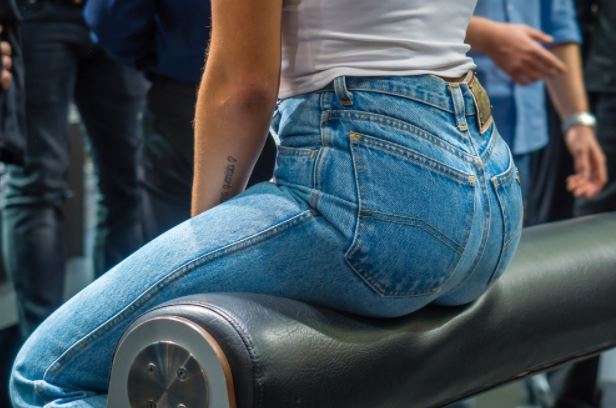Introduction
Hip arthroplasty, commonly known as hip replacement surgery, is a life-changing procedure for many people suffering from hip joint issues. While it often brings significant relief, some patients may experience complications, such as tendinitis, during the recovery process. In this article, we’ll delve into what tendinitis after hip arthroplasty is, its causes, symptoms, and most importantly, how to manage it effectively.
What Is Tendinitis After Hip Arthroplasty?
Tendinitis, also known as tendonitis, is the inflammation of a tendon. After hip arthroplasty, tendinitis typically occurs when tendons around the hip joint become irritated or damaged. This condition can be painful and may hinder your recovery progress.
Causes of Tendinitis After Hip Arthroplasty:
Several factors can contribute to the development of tendinitis after hip replacement surgery:
- Surgical Trauma: The surgical procedure itself can cause trauma to the surrounding tissues, including tendons, which can lead to inflammation.
- Overuse or Incorrect Movement: During the recovery process, patients are often encouraged to gradually increase their activity level. However, overdoing it or using improper movements can strain the tendons.
- Infection: In rare cases, post-surgical infections can affect the tissues, leading to inflammation in the tendons.
Symptoms of Tendinitis After Hip Arthroplasty:
Recognizing the signs of tendinitis is crucial for early intervention. Common symptoms include:
- Pain or tenderness around the hip joint
- Swelling or redness in the affected area
- Stiffness in the hip joint
- Difficulty moving the hip
- Pain that worsens with activity or at night
Managing Tendinitis After Hip Arthroplasty:
Effective management of tendinitis can alleviate discomfort and promote a smoother recovery process. Here are some strategies:
- Rest: Give your hip and surrounding tendons time to heal. Avoid activities that worsen the pain.
- Ice and Heat: Applying ice to the affected area can reduce inflammation, while heat can help relax and soothe tense muscles.
- Physical Therapy: A physical therapist can design a personalized exercise program to strengthen the hip muscles and improve range of motion.
- Medications: Your doctor may recommend non-steroidal anti-inflammatory drugs (NSAIDs) to reduce pain and inflammation.
- Corticosteroid Injections: In some cases, corticosteroid injections may be used to alleviate severe pain and inflammation.
- Lifestyle Modifications: Adjust your daily activities and movements to prevent overuse of the hip joint.
- Surgical Intervention: In rare cases where tendinitis is severe and unresponsive to conservative treatments, surgical intervention may be considered.
Conclusion:
While tendinitis after hip arthroplasty can be a challenging complication, it is manageable with the right approach. Early recognition, conservative treatments, and working closely with your healthcare team can help you overcome this hurdle in your hip replacement journey. Remember, everyone’s recovery is unique, so consult your surgeon or healthcare provider for personalized advice and treatment options.
By understanding tendinitis and how to address it, you can enjoy the full benefits of your hip arthroplasty and regain your mobility and comfort.
